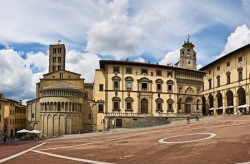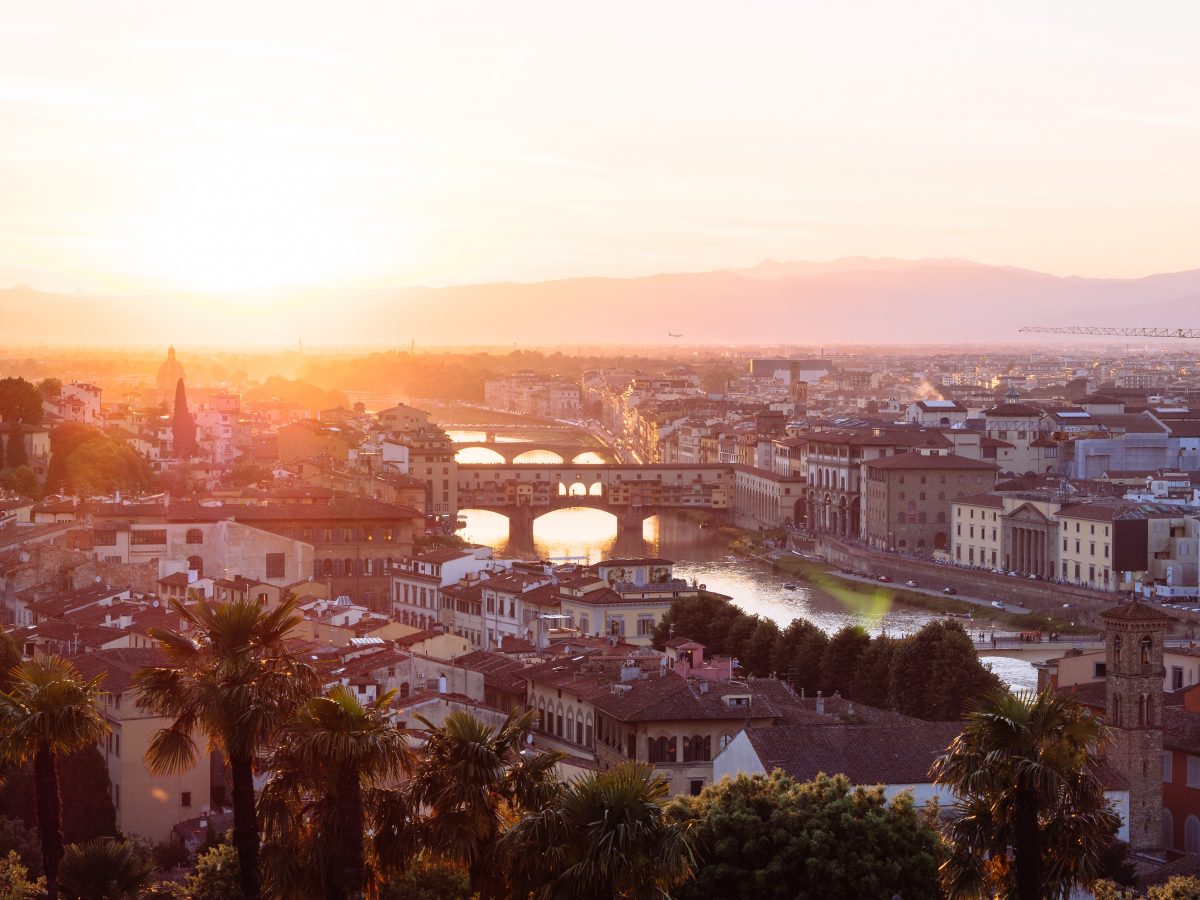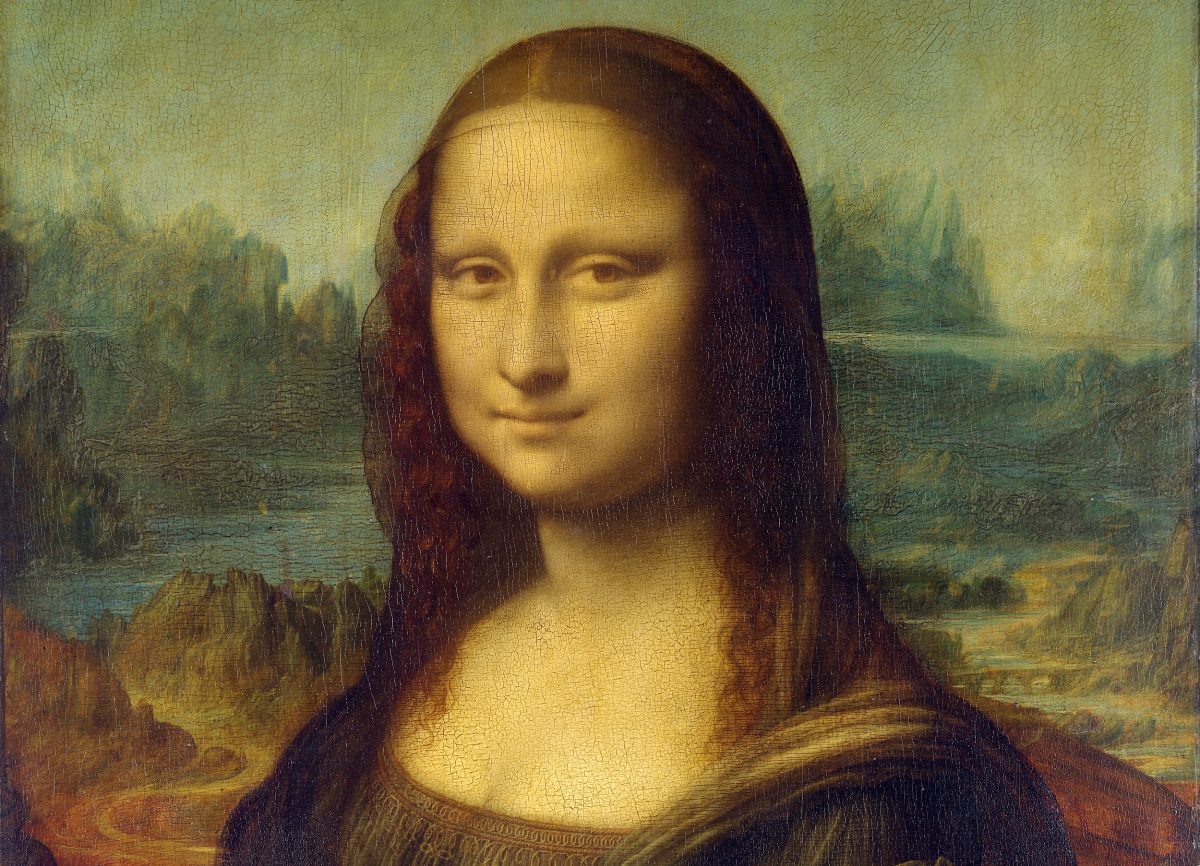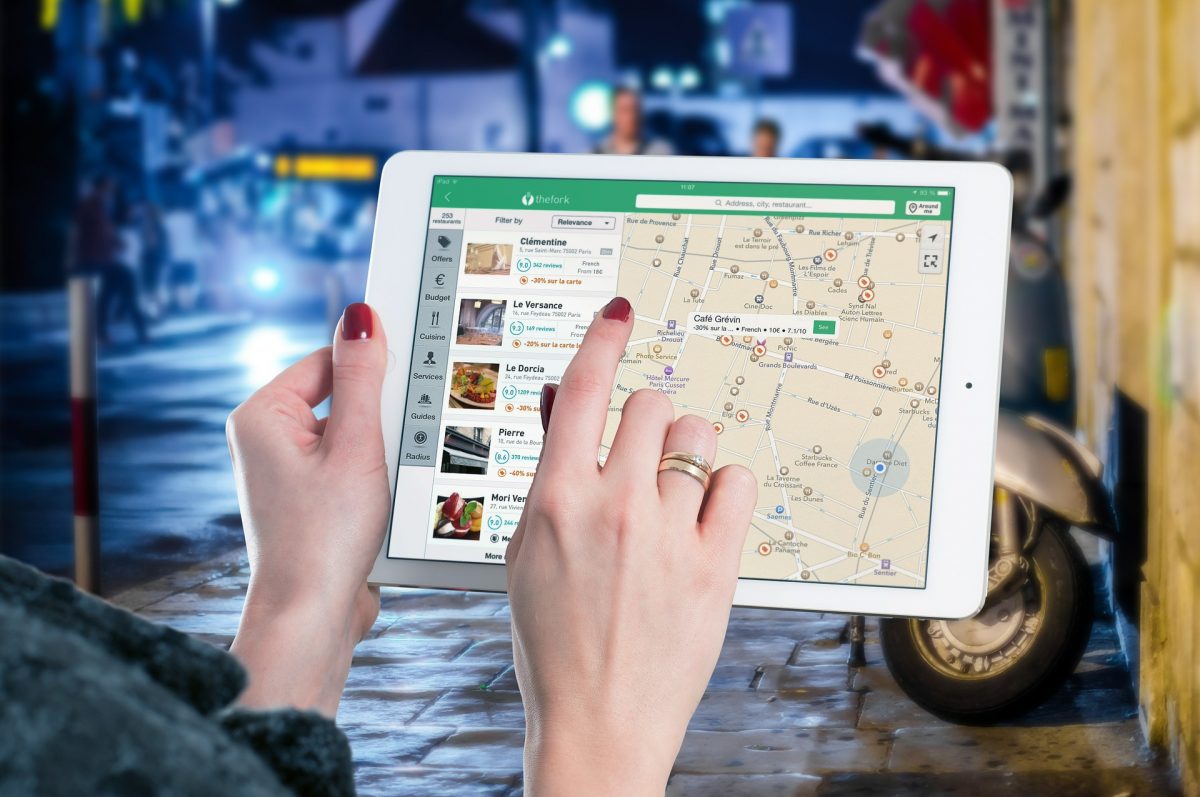 Arezzo (tarti Areco) yra nedidelis miestelis pietryčių Toskanoje, įsikūręs kalvos viršūnėje netoli Arno upės. Aukščiausioje jo dalyje į dangų stiebiasi katedra, miesto rotušė ir Medici šeimai priklausiusi tvirtovė. Siauros Arezzo gatvelės išsibėgioja į visas puses, ir kažkada buvo tapusios R. Benigni filmo „Gyvenimas yra gražus“ filmavimo aikštele. Arezzo yra ką pamatyti ir aplankyti, tad mes sudarėme svarbiausių objektų sąrašą.
Arezzo (tarti Areco) yra nedidelis miestelis pietryčių Toskanoje, įsikūręs kalvos viršūnėje netoli Arno upės. Aukščiausioje jo dalyje į dangų stiebiasi katedra, miesto rotušė ir Medici šeimai priklausiusi tvirtovė. Siauros Arezzo gatvelės išsibėgioja į visas puses, ir kažkada buvo tapusios R. Benigni filmo „Gyvenimas yra gražus“ filmavimo aikštele. Arezzo yra ką pamatyti ir aplankyti, tad mes sudarėme svarbiausių objektų sąrašą.
Piazza Grande. Didžioji aikštė yra bene žymiausia ir gražiausia Arezzo vieta. Aikštė atsirado XIII amžiuje, čia ilgai veikė pagrindinis miesto turgus, o dabar joje vyksta pagrindinė miesto šventė „Giostra del Saracino“. Aikštė nepaprasta savo forma ir ją supančiais viduramžių pastatais.
Casa di Vasari. Gimtieji menininko Vasario namai yra Arezzo. Verta aplankyti ir pamatyti, kaip menininka pats juos dekoravo XVI amžiaus viduryje.
Fortezza Medicea. Medici šeimos tvirtovė buvo suprojektuota žymaus to laiko architekto Antonio da Sangallo jaunesniojo ir pastatyta 1538–1560.
Museo Nazionale d’Arte Medievale e Moderna. Nacionaliniame Viduramžių ir moderniojo meno muziejuje išsamiai pristatoma Arezzo meno panorama nuo viduramžių iki moderniųjų laikų.
Casa del Petrarca. Vienas žymiausių italų poetų ir rašytojų Petrarca gimė Arezzo mieste. Čia galima pamatyti namą, kuriame, kaip manoma, poetas gimė. Dabar čia įsikūręs universitetas.
Amfiteatro Romano di Arezzo. Arezzo romėnų amfiteatras buvo pastatytas I-II amžiuje po Kristaus. Jo konstrukcijai panaudoti smiltainio blokai, marmuras ir plytos. Amfiteatras greičiausiai talpino apie 8 tūkstančius žmonių.
Palazzo dei Priori. Priorų rūmai buvo pastatyti 1333 metais ir tarnauja kaip miesto valdžios būstinė iki šių dienų. Pastatas buvo daug kartų rekonstruotas.
Bažnyčios:
Santa Maria della Pieve. Bažnyčia buvo pastatyta XII amžiaus ant anksčiau egzistavusio pastato.
Chiesa San Donato. Bažnyčioje galima pamatyti Piero della Francesca freską.
Basilica di San Francesco. Bazilika buvo pastatyta XIII-XIV amžiais. Būtina pamatyti Piero della Francesca freskų ciklą. Po bazilika yra vadinamoji „apatinioji“ basilika, kurioje rengiamos parodos
Basilica di San Domenico buvo pradėta statyti 1275. Čia galima pamatyti XII amžiuje sukurtą žymųjį Cimabue krucifiksą.




